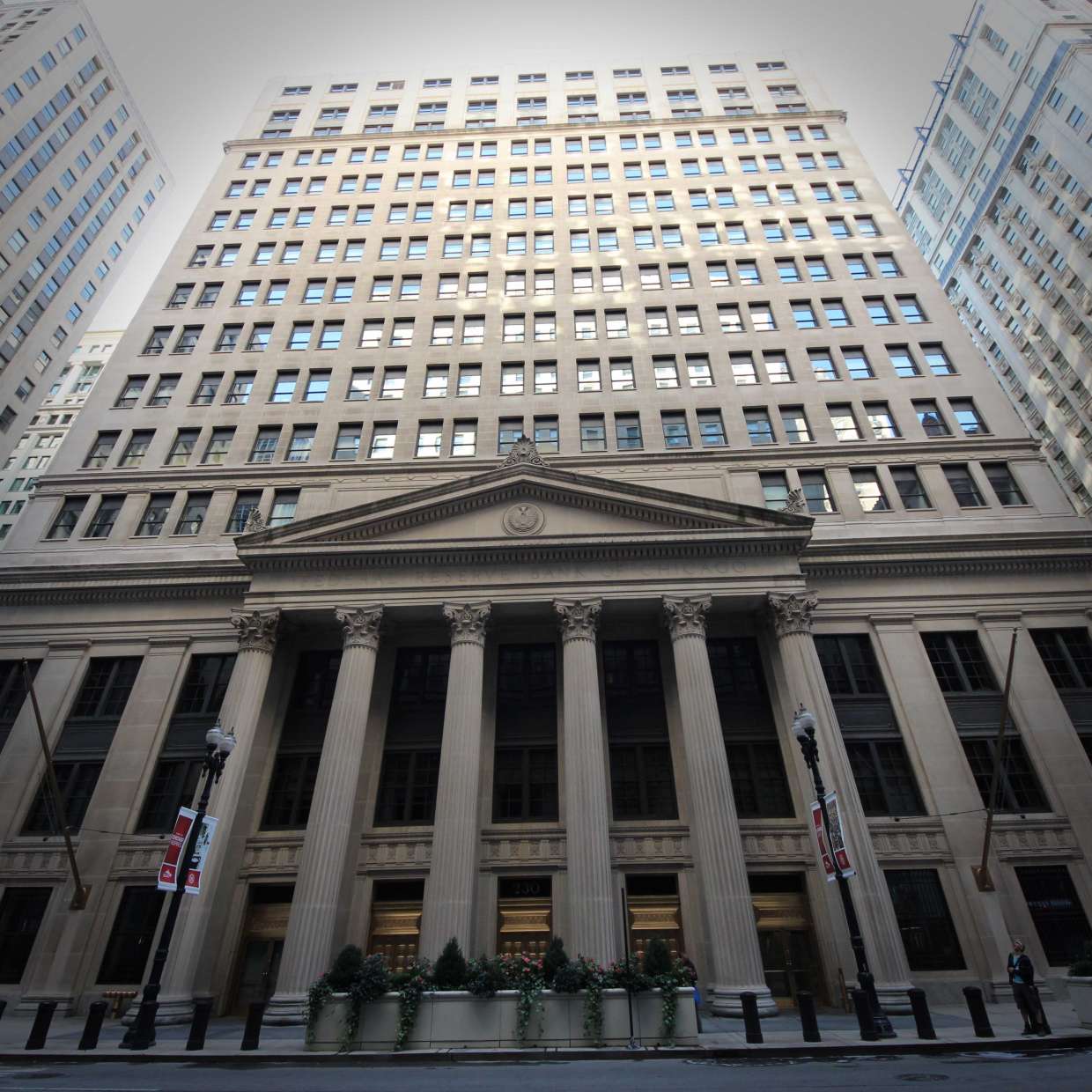Reverse Repos Spiked in 2021 – What Does it Mean?
Synopsis
Reverse Repos spiked to their highest ever levels in June 2021 and have been on a continual upward trajectory ever since. This has led some to question what the effect will be on the economy, and more specifically precious metals.
Here we explain how repos and reverse repos work and explain why they have spiked.
(This might be a good time to get a coffee. Or you could skip to the end, but that might spoil it!)

What is a Repurchase Agreement?
Repurchase agreements (RP) and reverse repurchase agreements (RRP), otherwise known as repos and reverse repos are two sides of a financial transaction which usually involves the trade of government bonds.
Like in any transaction there is a buyer and a seller.
In a repo, the seller sells the bonds in order to buy them back later.
On the other side of the transaction, the person buying the bonds will sell them back later. This is a reverse repo.
A simple example
Let’s say Company A needs cash for a short-term loan and decides to sell some of its stock of rare and sought-after gold widgets but on the stipulation it can buy them back later on.
Bank B is looking for a short-term investment and Company A looks perfect. B gives A the cash and takes possession of the widgets, knowing that they will return the widgets and will get the cash back (plus a fee) later on.
Company A has entered into a repo, while B has entered into a reverse repo.
RPs and RRPs are usually for overnight loans but can be drawn out over a number of months. In some cases, an “open repo” can be set up with not specified date for maturity. This gives both parties more flexibility.
Most financial firms use RPs and RRPs to trade government bonds but firms can issue their own between clients and other companies. This has sometimes led to “creative accounting strategies”.
Lehman Brothers for example used them to boost profitability and conceal losses in the days before they filed financial reports by misclassifying their RPs as genuine sales. Goldman Sachs used similar methods, legally, to hide 2.3 billion Euros of Greek debt.
So, RPs and RRPs are 2 sides of the same transaction, which are primarily used for the trade of government bonds as a method of short term lending.
(N.B. While the purpose of the repo is to borrow money, it is not technically a loan: Ownership of the securities involved actually passes back and forth between the parties involved. Nevertheless, these are very short-term transactions with a guarantee of repurchase.)
How the US Federal Reserve uses the repo and reverse repo market
The Federal Reserve is the US Central Bank and provides liquidity (cash) to the government and commercial banks. When the government needs money, It can issue government securities of various terms with 1 year (T-bills) to 10, 20, or even 30 year maturity which are then bought by either the Fed, the commercial banks, or individuals.
By trading in government bonds with the commercial banks through the use of repos and reverse repos, the Fed can increase or decrease the money supply.
With a repo, it gives cash to the central bank in exchange for bonds, putting money into the economy.
With a reverse repo, it sells the treasury bond for cash, taking money back out of the economy.
What does a spike in RRPs mean?
It would perhaps be important to mention here that when news reports refer to the spike in RRPs, they are referring to the spike in the FED’s RRPs, where banks are wanting to buy bonds for cash.
What has triggered the spike in reverse repos?
If the Fed injects too much money into the economy by purchasing government securities from the commercial banks, the extra cash the commercial banks hold can become a problem. This is partly because deposits are classed as a liability on a balance sheet, but mainly because the more cash deposits they have on hand, the more regulatory capital (assets) they require. Also, deposits do not generate profit for the bank; loans do. So, banks have a clear incentive to increase lending.
Unfortunately for the banks, due to the pandemic, demand for loans has stagnated while their deposits have only increased.
As a way of offloading excess cash, banks have been telling companies not to deposit money with them but to put it into money market funds (MMF) which purchase short term treasury bills. The effect of this has been that MMFs have grown, leaving fewer and fewer t-bills to purchase. So while demand for T-bills has grown, supply is actually shrinking. This inevitably leads to a rise in price for T-bills which means lower yields. In some cases, MMFs have scrapped their management fees because they are greater than the returns their clients would earn.
How big is the spike?
In April 2021, the value of RRPs was just over $35 billion. In May, they topped the previous all time high of over $474 billion (Dec 15) by more than $10 billion. The rise has continued upward and by 30th September reached an eyewatering $1.6 trillion. So, it’s no wonder why they’ve become such a hot topic.

What does this mean for the economy?
Commercial banks are seemingly caught in the middle. They have too much cash and nobody wants to borrow it. The Fed is taking money out of the market only to put them back in via the RRP. The banks are being forced to repo the money they got from the Fed back to the Fed.
With all the complexities of RPs and RRPs, bonds, bills and MMFs; the root cause in the spike may just be another symptom of a combination of the same bad fiscal and monetary policies that have been going on for decades, and President Biden’s proposed trillion-dollar spending plan does not look like it will help to repair any damage caused by years of creating money out of thin air.
If this spike is a symptom of something larger, it has some stiff competition. COVID surges, Inflation, stagflation, the energy crisis, supply chain woes, the Evergrande collapse…and so on. The likely outcomes of these are hardly looking rosy.
How will the spike affect precious metals?
From appearances, it looks like the dollar doesn’t have a particularly bright future. But hard times for the dollar, and dollar-denominated assets like treasury bonds, usually means good times for metals like gold and silver. But there is still no guarantee. Both metals have had tremendous highs only to be drop back down again shortly after.
But, historically speaking, gold has always rallied on a weakening dollar, so it wouldn’t be surprising if we saw another gold high in the future.
TL;DR
If you’ve read this far, well done. If not, here is a quick and simplified version:
Federal Reserve RPs put money into the economy. Banks can’t hold too much money and have to loan it out. As demand for loans is low, the banks can’t loan any money out. Rather than taking further deposits from customers and companies, banks have told them to put them into MMFs. MMFs buy short-term “T-bills” but they are running out of T-bills to buy. Rather than government issuing more short-term bills they are issuing more and more long-term bonds. As the FED has a large supply of T-bills, MMFs can gain access to them via RRPs.
The spike, essentially, is due to a shortage in T-bills driven by excessive government spending and monetary policy. Too much money in the economy, banks can’t hold/don’t want it and are RRP-ing bonds to offload cash. At the same time, banks unwilling to accept customer deposits are moving people into MMFs who have created a squeeze in short term T-bills, again via RRPs. With an increase in demand and an decreasing supply for T-bills, the price for short term debt has gone up. When the price goes up, the yield goes down.
Summary
Repos and reverse repos can play an essential role in providing short-term liquidity. However, the effects of extended lockdowns, combined with bad fiscal and monetary policies have led to a huge expansion of the money supply. With banks unable to hold such high levels of deposits due to regulatory requirements, whatever has been left of a free market has has reacted by steering funds into other short-term debt instruments. Unfortunately, this has demand surging into a sector with little supply.
The full effects of such bad policies have yet to be realised, but with Biden's further spending plans due to go ahead, albeit with a possible reduction, there is still a chance that we may see RRPs spike further.
Related Articles
Popular Products
This guide and its content is copyright of Chard (1964) Ltd - © Chard (1964) Ltd 2024. All rights reserved. Any redistribution or reproduction of part or all of the contents in any form is prohibited.
We are not financial advisers and we would always recommend that you consult with one prior to making any investment decision.
You can read more about copyright or our advice disclaimer on these links.

























